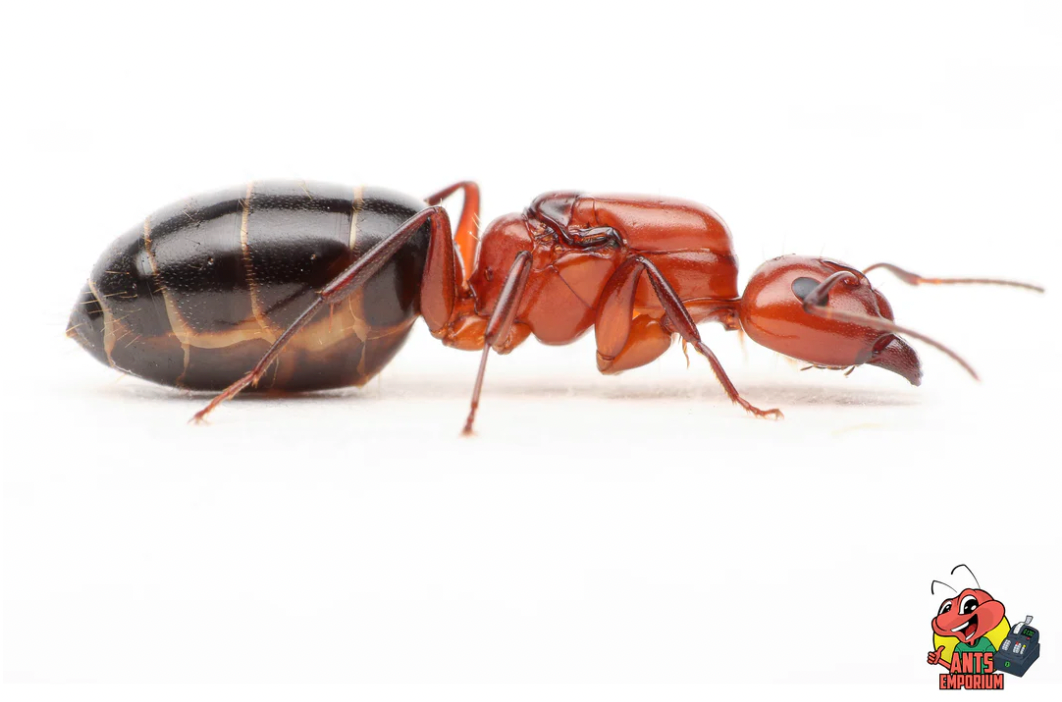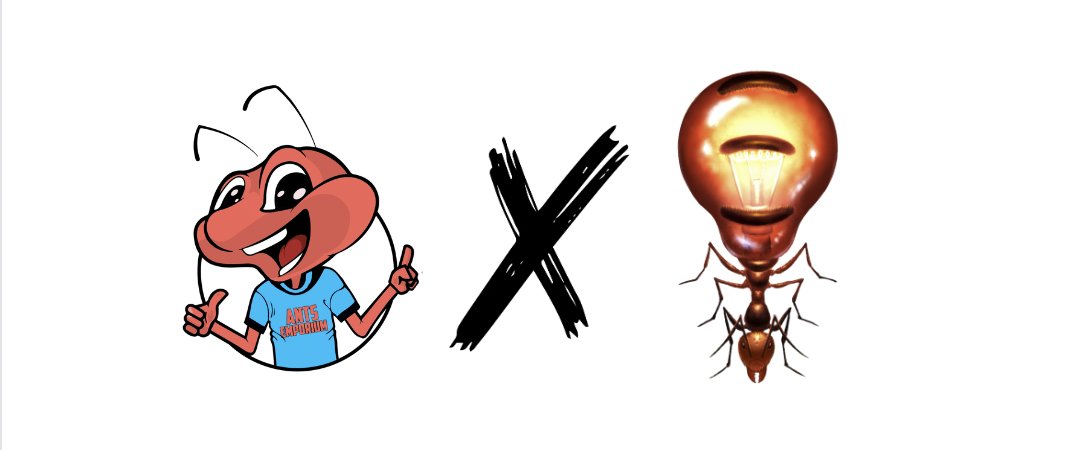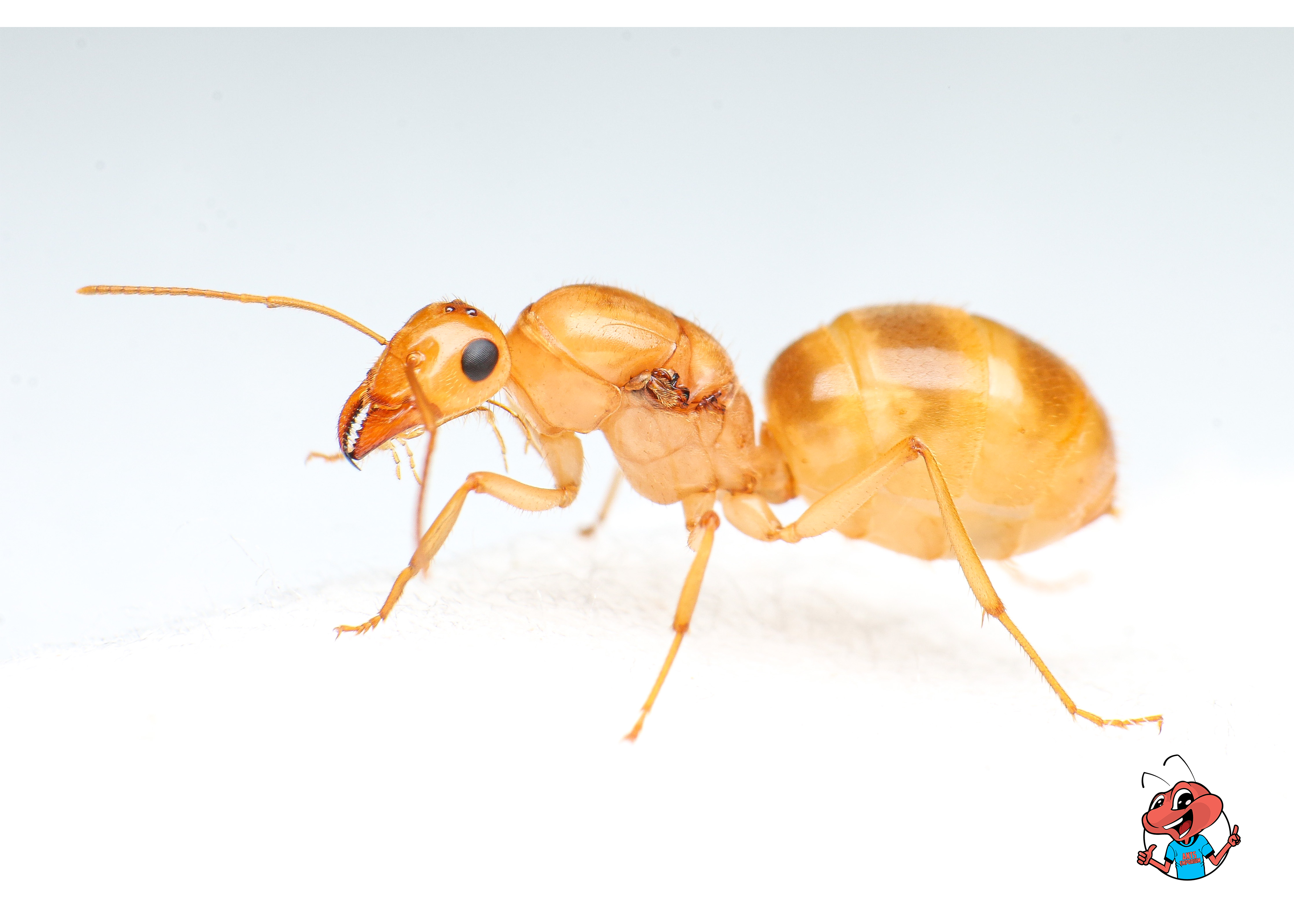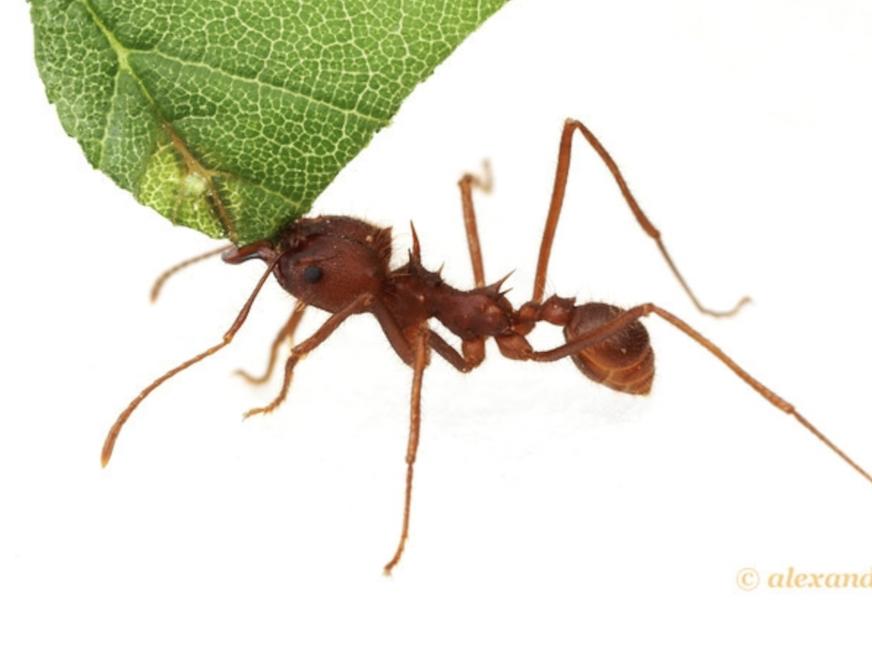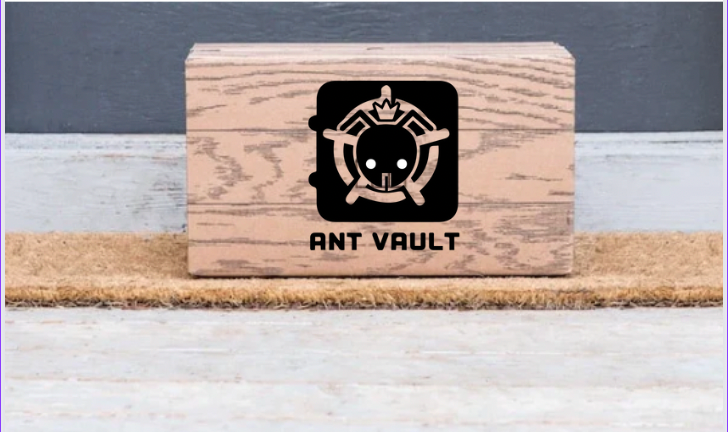Camponotus castaneus
Camponotus castaneus
Latin name: Camponotus castaneus
Taxonomy: Subfamily: Formicinae, Tribe: Camponotini
Habitat: Prairie and Forest
Geographical distribution: United States From Texas to Florida and as far north as Canada
Colony form: Monogyne
Queen: Size: 17 - 18mm Color: Dark to light orange/red according to specimen
Female workers: Size: 7 - 12mm Color: Dark orange/red to light according to specimen
Major: Size 15 - 17mm Color: Dark to light orange/red according to specimen
Male: Size: 13mm Color: Dark Orange
Food: Honeydew and insects: like flies, mealworms, mosquitoes and small crickets; also fruits.
Humidity: Hunting area: 50 - 60% Nest: 50 - 70%
Temperature: Hunting area: 20 - 32 ° C Nest: 24-28 ° C
Hibernation: Yes compulsory from November to March between 12 and 15 degrees.
Nest type: Most types of nests will suit them, plaster/ytong, plexiglass, tube and tube and reconstituted stone.
Description: Camponotus castaneus is one of the largest Camponotus in the United States with a unique reddish color in the genus, slow evolution in the first year and then growth is rapid year 2 and beyond. Many consider this species to be the most beautiful one in the US.
Development: Swarming from May to July
Foundation: Fully Claustral (without food) Development: 45 days from egg to worker (depending on temperature)
Size of the colony: A few hundred individuals to several thousand workers strong. The queen can reach the age of 20 years.
Care Tips: Provide a warm spot within the nest for the colony to choose the best temperature to speed up their brood’s growth. Always provide humidity in one of area of the nest and a dry area nearest to the heated area to establish a gradient for your ants to choose what’s best for them. Camponotus castaneus prefer higher humidity within the nest than most campo species as they are a ground dwelling species. You will typically find them nesting closer to the arear with higher humidity. Fruit flies seem to be this species preferred source of protein followed by Dubia roaches. They are also quite fond of byFormica Sunburst Ant Nectar and a constant supply is recommended. As a matter of fact, all of our ant colonies here at Ants Emporium are raised exclusively on byFormica Sunburst Ant Nectar so don’t forget to add a bottle to your cart! A byFormica liquid feeder is also recommended to provide a steady source of carbohydrates to your ants without having to disturb your colony on a regular basis. Hibernation is recommended with this species. Start the hibernation process when you start seeing your workers huddling together, slowing down general activity, and when they appear to be “fat” with a swollen gastor. The workers and queen appear fat because they have stocked up on reserves for the winter they expect to come. There is also a noticeable difference in the brood pile. Most of the brood will be larvae with little to no pupae at all and no new eggs to be found. Gradually induce hibernation by first removing them from heat a week or two in the fall (68F – 65F). Next put them in a wine cooler or other cold area around 60F for 2 weeks. Following this, reduce the temp down another 5 degrees to 55F. Leave them at this temperature for approximately 8-10 weeks before slowly introducing warmer temps. Never remove a colony from hibernation without slowly allowing them to warm up over several days to weeks like they would in nature. Ants are not meant to handle such drastic temperature swings and simply putting them in a wine cooler or taking them out of a wine cooler can shock your colony and even kill your queen. Your colony will not require food during hibernation, but they will require water & humidity so be mindful they do not run out. Please Note: These hibernation instructions have been developed for the Texas population of Camponotus castaneus we sell, which don’t require nearly as long of a diapause/hibernation as other Northern populations.
